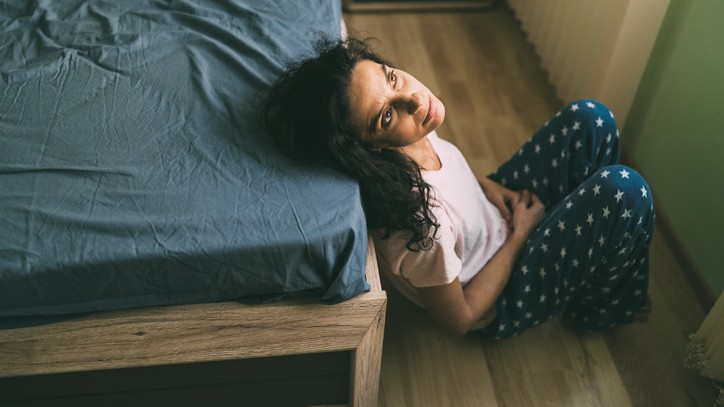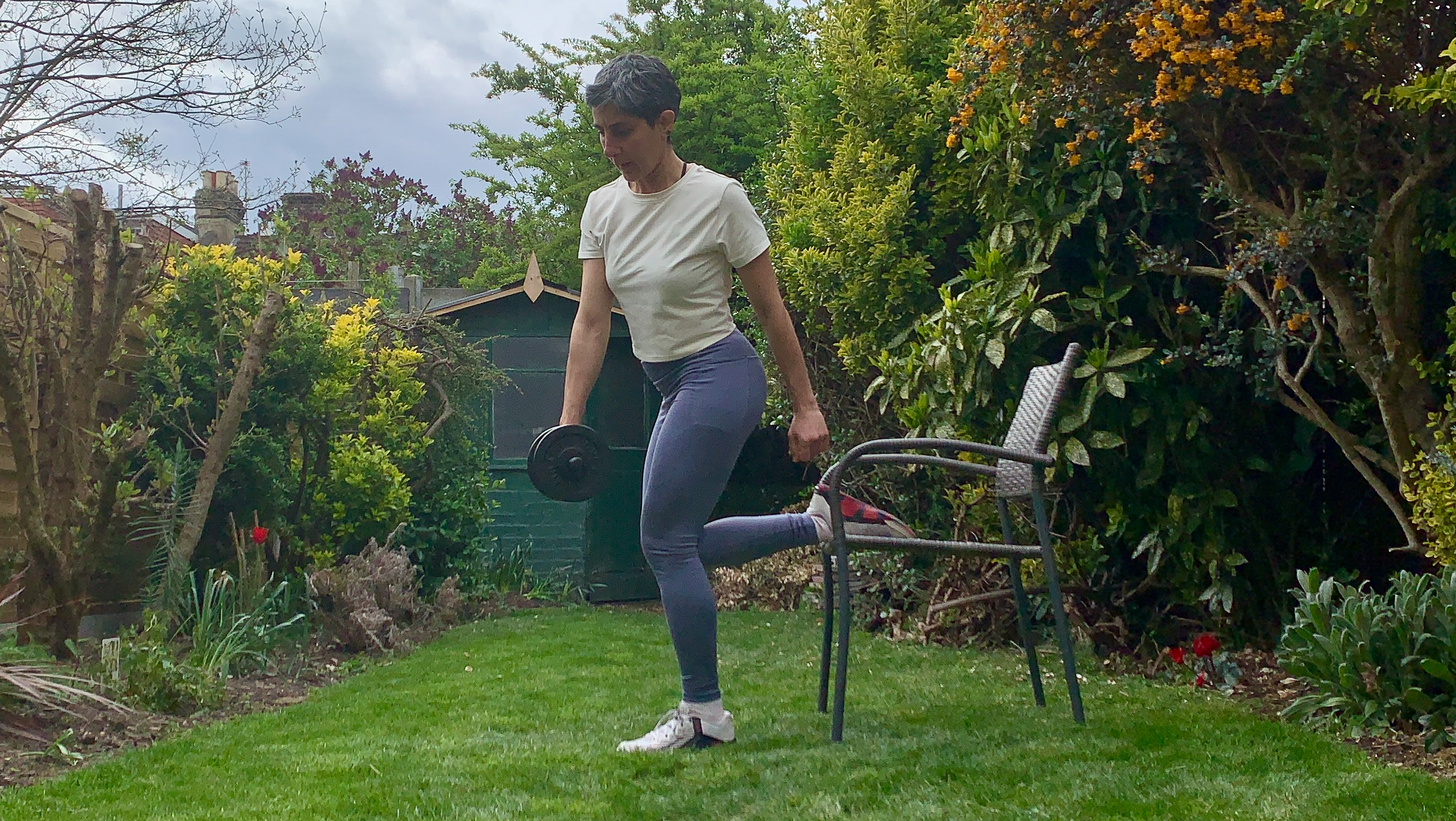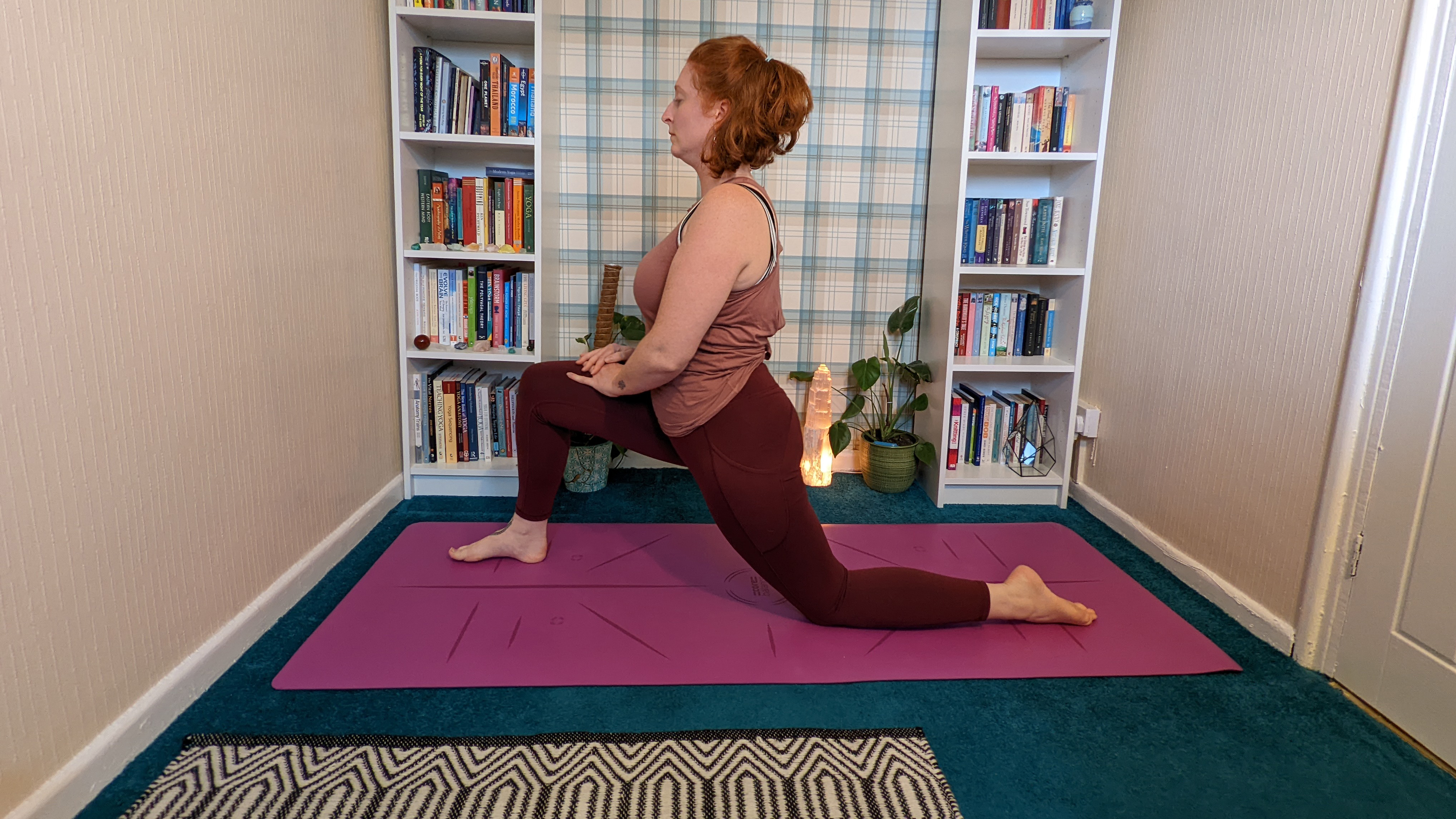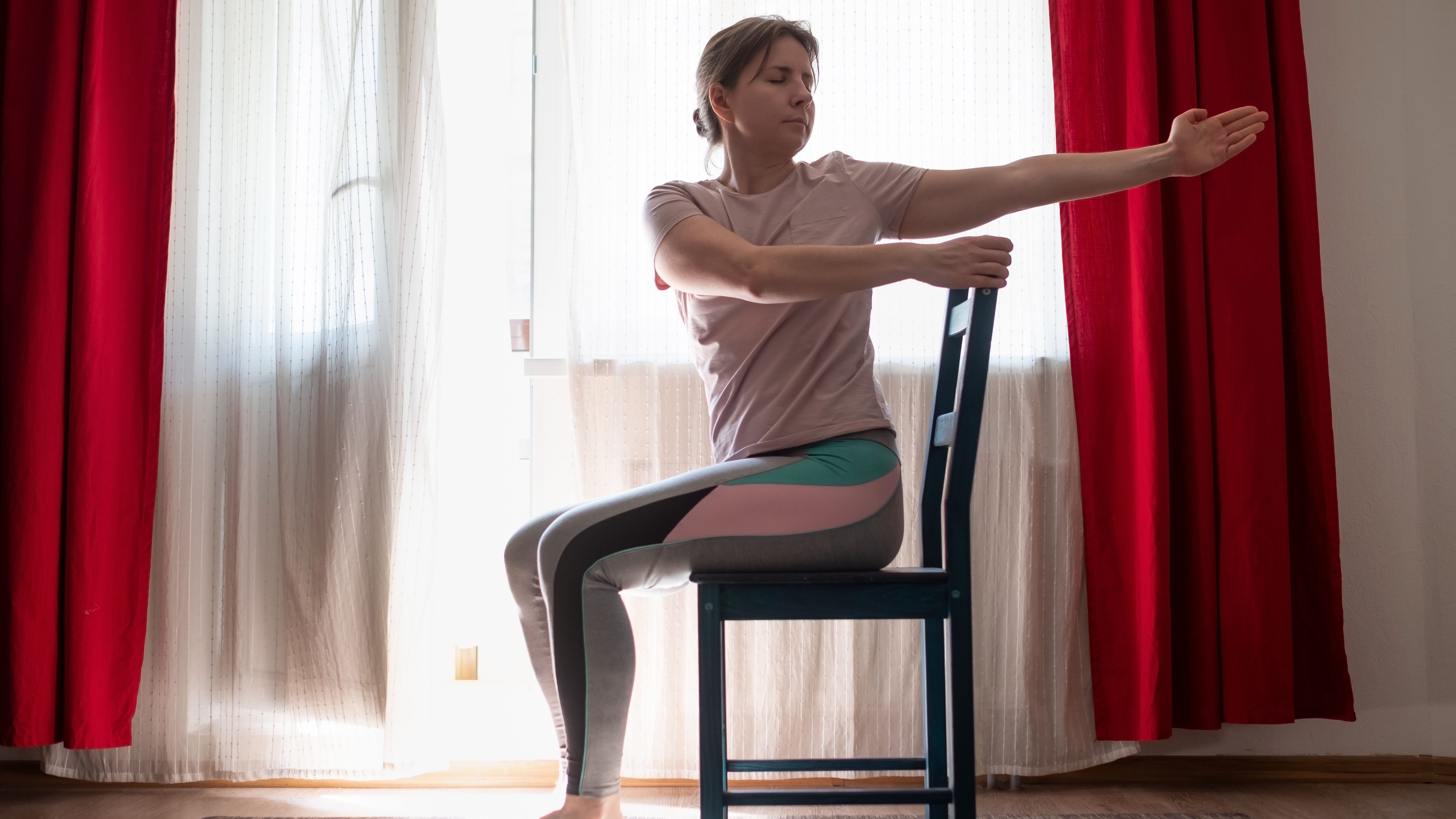Is bleeding after menopause normal?
We asked our experts what bleeding after menopause might mean for you


Is bleeding after menopause normal? Dealing with hormonal imbalances, weight gain and mood swings can be difficult, but it’s important that we pay attention to changes in ourselves - no matter how small they might seem. Understanding post-menopausal bleeding means becoming aware of our hormones and how they impact us.
According to the UK’s NHS, post-menopausal bleeding is defined as ‘having bleeding at least 12 months after your periods have stopped’. Causes often vary, but the most common reason is fluctuating hormones, which peak and dip dramatically during the menopause.
“Women typically over the age of 45 who have not had a period for over a year, are usually diagnosed to have entered the menopause,” says Shree Datta, a consultant obstetrician and gynaecologist at The Lister Hospital. “After this point, any vaginal bleeding requires investigation and testing by a gynecologist, as it is classed as abnormal bleeding. The cause is often treatable, but occasionally it can be symptomatic of a more serious condition, such as uterine or cervical cancer.”
Want to find out if bleeding after menopause is normal? Here, our experts divulge the possible causes and treatment options. For support during and after the menopause, check out our guide to the best menopause supplements.
What causes post-menopausal bleeding?
“Fluctuating hormones can cause the thinning and inflammation of the lining of your vagina or uterus, which is commonly the cause of post-menopausal bleeding,” says Datta. “This is often due to lower levels of estrogen - a female sex hormone - being produced during menopause, but bleeding can also be caused by growths, otherwise known as polyps, in the cervix or uterus.”
Polyps are not typically cancerous and are often estrogen-sensitive, meaning uterine polyps are often caused by changing estrogen levels within the body around the time of the menopause.
Symptoms that are often present with post-menopausal bleeding:
Get the Fit&Well Newsletter
Start your week with achievable workout ideas, health tips and wellbeing advice in your inbox.
- Pain during or after sex
- Pain when urinating
- Regular or persistent urinary tract infections
- Spotting
- Itching or burning sensations around/or in the vaginal area
“A less common cause of post-menopausal bleeding is when some women develop a thickened endometrium - or womb lining - that can cause bleeding and eventually lead to womb cancer,” says Datta. “This may be caused by high levels of estrogen, being overweight, or sometimes as a side effect of hormone replacement therapy used to help women struggling with menopause symptoms. It can also lead to problems such as anemia, as your body doesn’t have enough red blood cells.” Other causes of post-menopausal bleeding can include cervical or uterine abnormalities, such as ovarian or womb cancer.
Is bleeding after menopause normal?
Post-menopausal bleeding can be caused by a number of different factors, including vaginal dryness, hormonal fluctuations, or vaginal atrophy (the inflammation of the vaginal wall). The bleeding can be heavy or light. Regardless of what you suspect might be causing your post-menopausal bleeding, it’s important to speak to your doctor if you notice any bleeding after menopause.
“If you experience any bleeding from the vagina post-menopause, you should speak to your GP about what is causing it so they can do the necessary investigations,” says Dr. Samantha Wild, Women’s Health Lead at Bupa Health Clinics. “It’s a common problem for women during this period, but it must be investigated to exclude anything serious, such as ovarian and womb cancer. Your doctor may want to refer you for further investigations to find out what is causing the vaginal bleeding; it could be just a result of your hormone levels changing or it could be something serious, so it is important that it is investigated properly.”
Treating bleeding after menopause
If you have been diagnosed with post-menopausal bleeding, your doctor will most likely refer you to a gynecologist - a specialist dealing with the health of the female reproductive system. “Treating abnormal bleeding depends on its cause, so a number of tests will be carried out,” says Datta. “This can include taking your history and asking questions about your health in general, for example, how you’re eating, sleeping, and whether you’ve noticed any weight loss or weight gain. A physical examination will then commence, as well as blood tests, and an ultrasound to investigate the lining of your wombs and ovaries.”
The treatment you have will depend on the results of your tests and the cause of your bleeding. “Your gynecologist will discuss treatment options with you once they have determined the reason behind your bleeding,” adds Datta.
Treatment options for post-menopausal bleeding can include the following:
- The thinning of the vaginal skin due to the menopause can be treated with drugs that can come as a tablet, cream, skin patch or vaginal gel, that slowly releases medication into the body.
- Polyps are usually removed surgically in a procedure called a hysteroscopy. This may be done under local or general anesthetic depending on the size, number, and location of the polyps.
- A thickened endometrium can be treated with medication recommended by your gynecologist, such as progestin. In some cases, atypical endometrial hyperplasia can lead to an increased risk of cancer. If this is the case, then your healthcare provider may recommend a hysterectomy to remove the uterus.
- Gynecological cancer such as uterine or cervical cancer will usually be treated with a hysterectomy or total hysterectomy. This involves removing the uterus, fallopian tubes, and both ovaries in a hysterectomy, as well as the cervix and upper parts of the vagina in a total hysterectomy.
- Following medical treatment, lubricants to moisturize and dilators to widen the vagina can help to combat vaginal dryness and pain during sexual intercourse. These are sometimes used in conjunction with HRT.
As post-menopausal bleeding is often caused by a hormonal imbalance, it can be difficult to prevent. However, maintaining a healthy weight, quitting smoking, and avoiding using vaginal douches or washes can help keep your hormones healthy.
Our menopause diet plan has lots of tasty meal ideas to keep your blood sugars steady. Try these menopause exercises to make the transition easier too.
Stacey Carter is a Freelance Health Writer who has written print features and digital content for titles such as Woman & Home, Natural Health, Women’s Health, Get The Gloss, and Stylist. You'll find her covering a wide variety of health-based topics, talking to leading figures in the fitness industry, and investigating the latest trends in wellness. When she’s not at her laptop, weekend hikes, testing out new recipes in the kitchen and LISS-style workouts are her favourite ways to switch off.
-
 I swapped my usual core routine for this dumbbell workout—here’s why you should try it too
I swapped my usual core routine for this dumbbell workout—here’s why you should try it tooPick up some dumbbells and try my favorite deep core exercises
By Yanar Alkayat
-
 You don't need any equipment to improve your posture—just these three back-strengthening moves
You don't need any equipment to improve your posture—just these three back-strengthening movesThese three exercises will strengthen key back muscles
By Jennifer Rizzuto
-
 Should you eat before bed?
Should you eat before bed?feature Late night cravings are often inevitable but should you eat before bed or will it affect your health?
By Alice Porter
-
 How to improve your memory: six easy techniques
How to improve your memory: six easy techniquesOur experts offer six simple tips to help you improve your memory – because no matter your age, brain health is important
By Stacey Carter
-
 Yoga for shoulder mobility and strength
Yoga for shoulder mobility and strengthhow to Yoga for shoulder mobility: remove tension and aid movement with these yoga postures
By Kat Bayly
-
 Hip mobility yoga flow: improve your flexibility with these moves
Hip mobility yoga flow: improve your flexibility with these moveshow to Hip mobility yoga: free up tight hips with these exercises
By Kat Bayly
-
 Six ways to get rid of period bloating
Six ways to get rid of period bloatingStruggling with period bloating? Try these tips and tricks to beat the bloat
By Maddy Biddulph
-
 How to do yoga with bad knees
How to do yoga with bad kneesEase joint pain by learning how to practise yoga with bad knees
By Sam Hopes
-
 Yoga for knee strength: six moves to try
Yoga for knee strength: six moves to tryYoga for knee strength: what to try at home to improve joint mobility and stay supple.
By Maddy Biddulph
-
 How to do a seated yoga flow
How to do a seated yoga flowGrab a chair and try this seated yoga flow, to improve your mobility and flexibility
By Maddy Biddulph